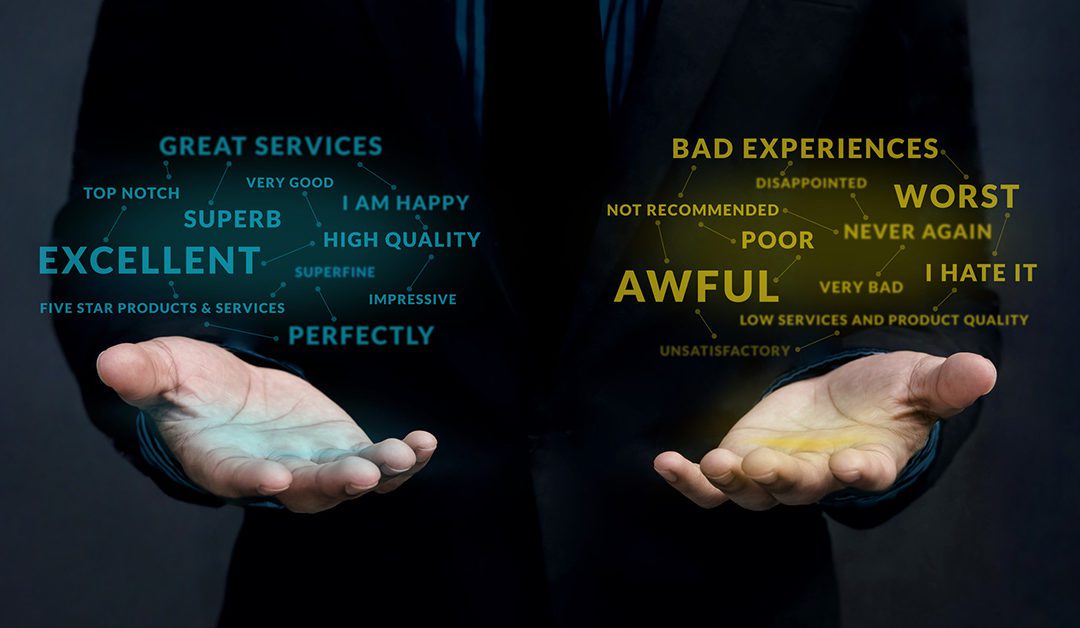Candidate experience metrics are key tools to improve your recruiting process.
In today’s hypercompetitive talent market, candidate experience is everything.
According to IBM, applicants who are satisfied with their candidate experience are more than twice as likely to recommend the organization to others.
Furthermore, candidates who did not receive a job offer are 80% more likely to apply again if they had a positive impression of the organization.
In other words, offering a great candidate experience is a highly-effective way to build a stronger talent pipeline.
But you can’t improve the experience if you don’t know where you stand today and how you can improve tomorrow.
That’s where metrics come in. Here are three key metrics to monitor if you want to improve!
Candidate Experience Metric #1 – Application Abandonment Rate
Application abandonment rate is the percentage of candidates who start your application process, but never finish.
To calculate your abandonment rate, take the number of candidates that quit the application process, divide it by the number of candidates that begin filling out an application, and multiply the result by 100.
According to Glassdoor, for most companies this rate is about 80%. That means, on average, companies lose 4 out of every 5 candidates during the application process.
An 80% abandonment rate may be common, but it’s certainly not good!
To lower your abandonment rate, the simplest step is to make the application process shorter. The best candidates are busy, they’re already employed, and their time is valuable.
You also want to try to eliminate any redundancies in the process. Try not to ask candidates to upload a resume and also manually enter their work history.
Even if your overall process is short, frustrating tasks like this drive high abandonment rates. This is an easy candidate experience metric to track, and it’s super important too.
Candidate Experience Metric #2 – Application to Decision Time
Nobody likes a long, dragged-out application and interview process.
Now more than ever, candidates expect quick responses to their initial application, an interview being scheduled soon after if the company is interested, and a decision shortly after that.
The longer you take through each of these steps, the more likely the candidate will view the experience unfavorably.
Many companies break this down into several candidate experience metrics. They’ll track application to interview time, the average time between an interview and when the candidate hears a decision, and so forth.
This makes it easy to identify which parts of the process need your focus the most.
Candidate Experience Metric #3 – Candidate Net Promoter Score
A net promoter score (NPS) is one of the most difficult candidate experience metrics to track, but it’s also the most valuable.
In brief, a NPS tracks how likely a candidate is to recommend your organization to friends, family and colleagues. It also typically includes fields for someone to write their feedback.
One common challenge is simply getting enough candidates to complete the survey. Some companies offer a gift card reward or raffle for doing so.
Another challenge is picking the right time to ask candidates to take the survey. If you ask for feedback before you’ve rejected or accepted a candidate, they may refrain from offering honest feedback for fear of losing the offer.
If you ask afterwards, they may be less likely to fill out the survey because they’re already busy with other things.
There’s no single best time to ask candidates, but just remember how timing can affect your feedback. If you get a lot of negative feedback right after someone applies, you know your application process needs work. If you get a lot of negative feedback at the end of the process, maybe you need to reconsider how you deliver your rejections.
No matter which way you slice it, getting direct feedback is an awesome way to identify opportunities for improvement.
Be Better Tomorrow Than You Were Yesterday
When you start tracking candidate experience, it can be discouraging. This is especially true if you compare yourself to a company with more resources.
However, the focus for any metric should be simply improving. Find out where you stand today – and do what you have to do to be better tomorrow.
So long as you continue to improve, it doesn’t matter where you start!





